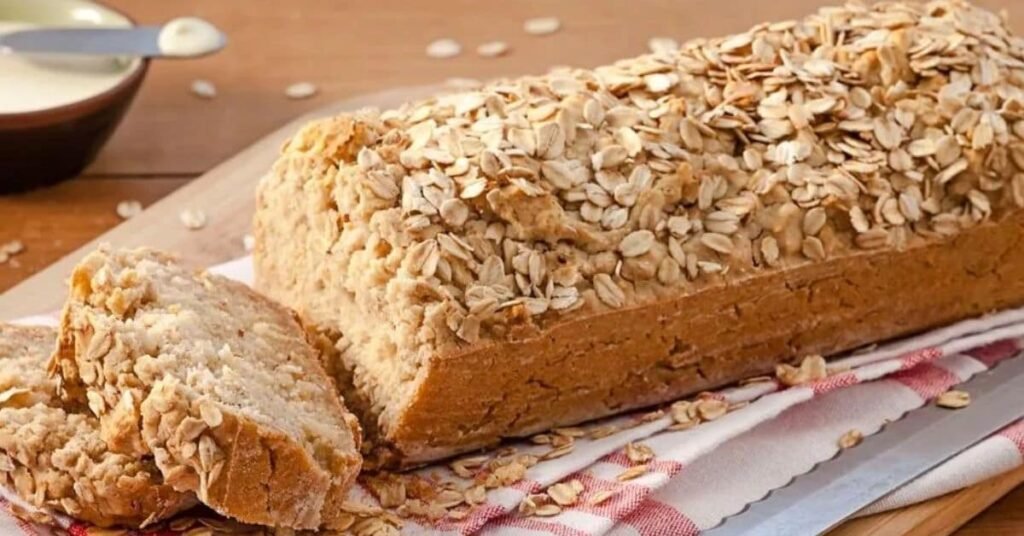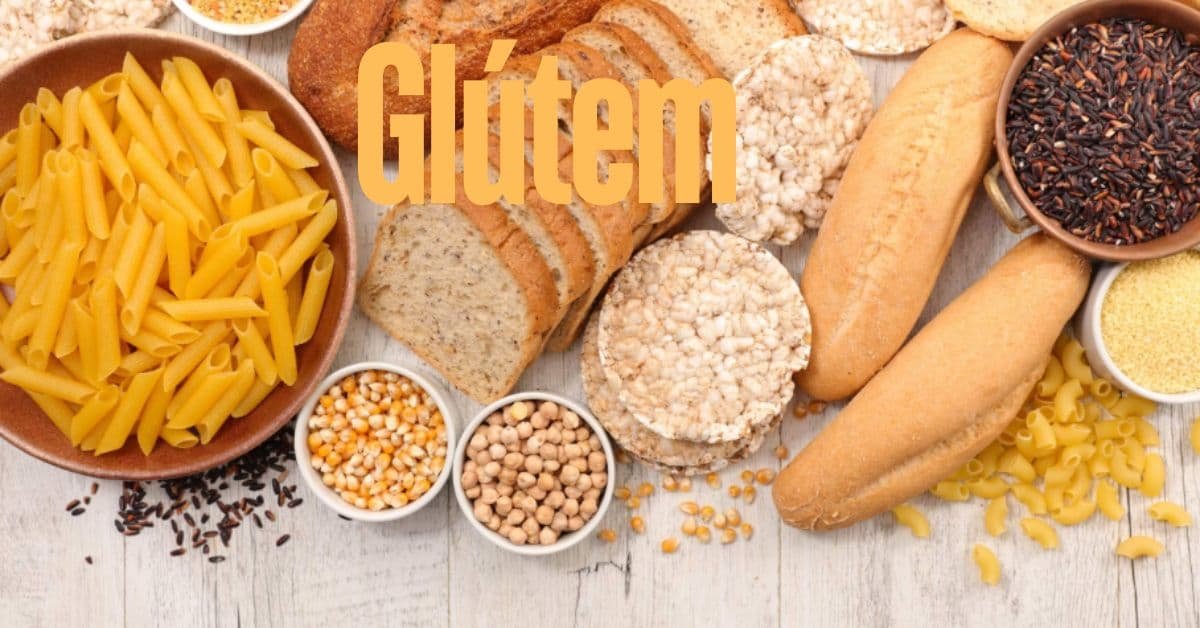Introduction to Glútem
Glútem has recently become a hot topic, sparking debates among nutritionists and food enthusiasts. This protein found in wheat, barley, and rye is often blamed for various health issues. But how much of what we hear about glútem is true?
As more people consider going glútem-free—whether for health reasons or personal preference—it’s essential to separate fact from fiction.
Are you curious about the real effects of glútem on your body? Or perhaps you want to make informed dietary choices without falling prey to common misconceptions.
Join us as we dive into the world of glútem, debunk myths, explore intolerances, and discover tasty recipes that will keep your meals deliciously satisfying while staying mindful of this controversial ingredient!
Debunking the Myths with Facts
Many people believe that gluten is inherently unhealthy. In reality, it poses no harm to most individuals. The body can digest gluten without issue.
Another common myth suggests that gluten-free diets lead to automatic weight loss. Cutting out gluten doesn’t guarantee shedding pounds; it often means substituting with processed foods high in sugar and fat.
Some think only people living with celiac disease need to avoid gluten. Yet, non-celiac gluten sensitivity exists, too, affecting many who experience discomfort after consuming it.
More clarity is needed about the nutrient profile of gluten-free foods. Many assume these options are always healthier or more nutritious. However, they can lack essential vitamins and minerals found in whole grains containing gluten.
Understanding these myths helps clarify what’s fact versus fiction regarding this protein found in wheat and other grains.
Common Misconceptions About Glútem
Many people believe that glútem is inherently wrong for everyone. This isn’t true. Glútem poses no health risk for most individuals and can be part of a balanced diet.
Another common misconception is that all gluten-free products are healthier. In reality, many gluten-free alternatives contain added sugars and unhealthy fats to enhance flavour and texture.
Some assume that eliminating glútem leads to weight loss. While some may experience changes due to dietary adjustments, cutting out glútem alone doesn’t guarantee shedding pounds.
There’s also the idea that only those with celiac disease need to worry about glútem. However, non-celiac gluten sensitivity exists and affects others who might experience discomfort without having celiac disease.
These myths often stem from misinformation spread online or through word of mouth, leading to unnecessary fear around this protein found in wheat and other grains.
How to Incorporate a Glútem-Free Diet into Your Daily Life?
Adopting a glútem-free diet doesn’t have to be overwhelming. Start by exploring your kitchen. Clear out foods that contain glútem, such as bread, pasta, and certain sauces.
Next, stock up on alternatives. Quinoa, rice, and gluten-free grains are excellent substitutes. Fresh fruits and vegetables should also fill your shopping cart.
Feel free to ask questions about food preparation when dining out or ordering takeout. Many restaurants now offer glútem-free options on their menus.
Experiment with recipes at home. Plenty of delicious meals can easily be made without glútem-containing ingredients.
Plan your meals to avoid last-minute decisions that might lead you astray from your dietary goals. Keeping snacks handy can help curb cravings for non-gluten choices throughout the day.
Stay informed about hidden sources of glútem in processed foods by reading labels carefully before you purchase items.
Debunking Myths About Glútem Intolerance and Sensitivity
Glútem intolerance and sensitivity are often misunderstood. Many believe all digestive issues stem from glútem consumption, but this isn’t always true.
Research indicates that only a tiny percentage of the population has celiac disease, which is a severe autoimmune disorder triggered by glútem. Others may experience non-celiac glútem sensitivity, but symptoms can vary widely.
Some individuals assume they should avoid glútem entirely for better health. However, many whole grains containing glútem offer essential nutrients like fibre and B vitamins.
It’s crucial to differentiate between true intolerance and mere dietary trends. Self-diagnosing can lead to unnecessary restrictions and nutritional imbalances.
Understanding these distinctions helps you make informed choices about your diet without falling prey to misconceptions surrounding glútem intolerance and sensitivity.

Delicious and Nutritious Glútem-Free Recipes
Exploring glútem-free recipes can be a delightful journey. Countless options are both tasty and nutritious.
Start your day with a quinoa breakfast bowl. Toss in some fresh fruits, nuts, and a drizzle of honey for natural sweetness. This dish is satisfying and packed with protein.
For lunch, consider creating zucchini noodles topped with avocado pesto. It’s refreshing and flavorful and offers healthy fats to fuel your afternoon.
Try stuffed bell peppers with brown rice, black beans, corn, and spices when dinner rolls around. Bake until tender for a colourful meal bursting with nutrients.
Remember snacks! Homemade energy bites made from oats, almond butter, and dark chocolate chips are an easy and fun treat to prepare.
Each recipe allows for creativity while keeping your meals enjoyable without glútem. Your taste buds will thank you as you savour these wholesome dishes!
Conclusion
Understanding glútem is essential for anyone navigating the complexities of diet and nutrition today. With many myths surrounding it, separating fact from fiction can seem overwhelming. However, equipping oneself with accurate information empowers better food choices.
By debunking common misconceptions about glútem and its effects on health, we pave the way for informed discussions and decisions. This knowledge helps individuals assess their dietary needs more accurately and adapt accordingly.
Incorporating a glútem-free lifestyle doesn’t have to be daunting; delicious recipes make this transition enjoyable. From hearty breakfasts to satisfying dinners, there are countless ways to savour meals without compromising flavour or nutrition.
Glútem intolerance and sensitivity are natural conditions that deserve attention, but understanding them accurately is crucial in avoiding unnecessary diet restrictions.
Embracing this journey with an open mind allows everyone to explore new culinary landscapes while promoting health and well-being. The world of gluten-free eating offers exciting flavours waiting to be discovered!
Latest post!
- Sean Flaherty Obituary: A Tribute to His Impact and Influence
- Discovering the Rich History of Dadiyanki Culture
- FintechZoom Best Forex Broker: Expert Insights for Smarter Trading
- Snow Rider 3D Unblocked: The Ultimate Guide for Beginners
- Crocs Class Action Lawsuit 2024: Consumer Rights and Legal Steps
- Ciulioneros and Their Modern Impact: Keeping Traditions Alive






